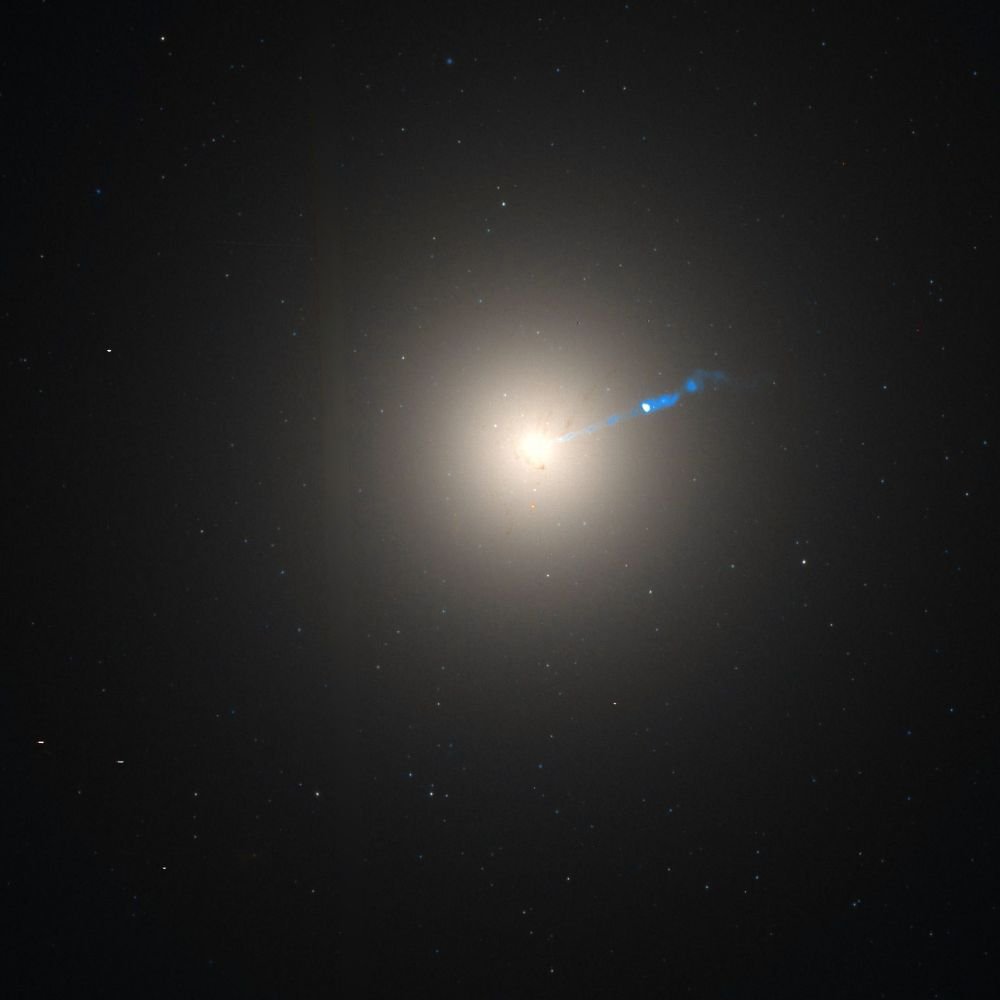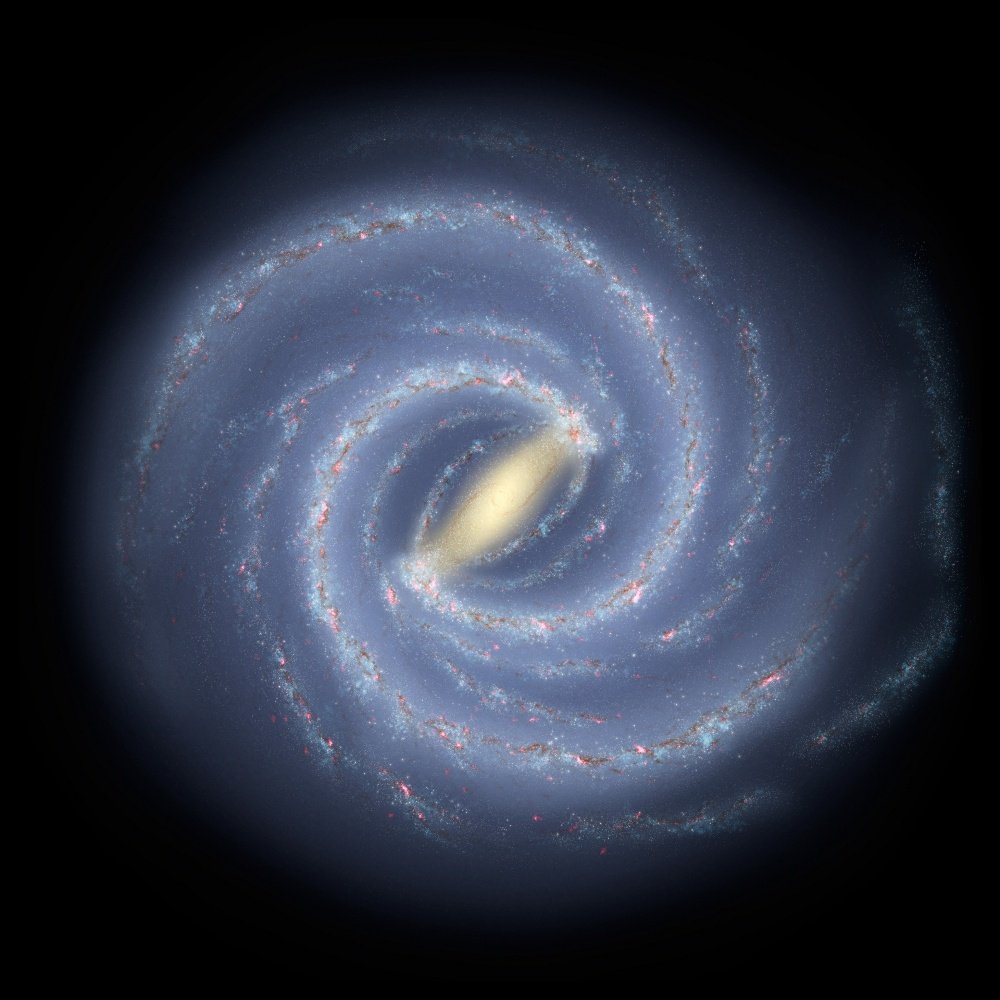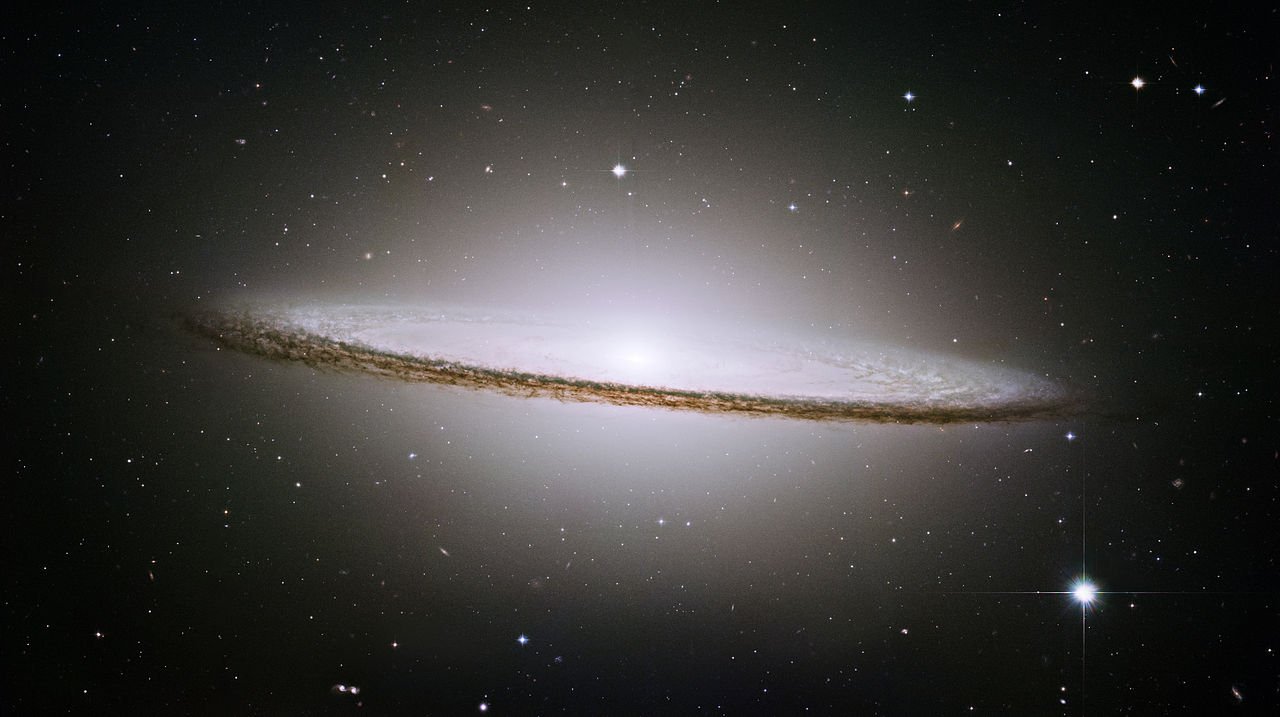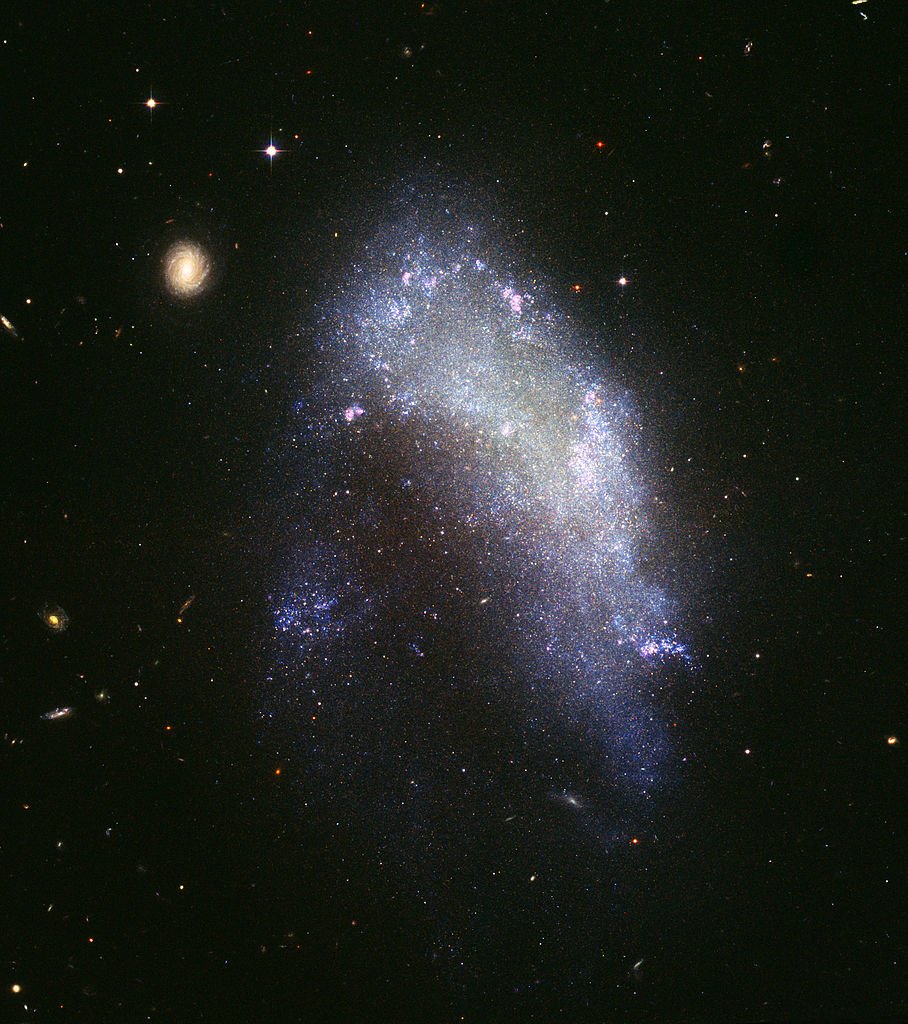Galaxies are classified according to their shape. Depending on this, they can be elliptical, spiral, lenticular, and irregular.
Elliptical galaxies
They are elliptical-shaped galaxies. Since the shape can vary from one galaxy to another, a system was created to sub-classify them with a nomenclature ranging from E0 to E7, where E0 represents a spherical shape and E7 a very marked ellipse.
In general terms, elliptical galaxies were formed by old stars and by the absence of dust and gas, indispensable elements for the formation of new stars.

Spiral galaxies
They are disc-shaped galaxies, in the center of which are old stars. From the central structure, arms radiate around the disk generating a spiral, composed of young stars. They are the most common type of galaxy.
Spiral galaxies can have a bar that comes out from the center of their disk towards the outside. This bar channels the interstellar gas from the spiral arms to the center of the disk, driving the formation of new stars.
The nomenclature of the spiral galaxies includes lowercase letters "a" through "c" to indicate the level of opening of the arms, being "a" a level where the arms are very close together, and "c", where they are more scattered.
On the other hand, the use of the initials "SB" indicates the presence of a bar.

Lenticular galaxies
It is a galaxy whose shape is an intermediate between an elliptical and a spiral galaxy. It lacks arms, is disc-shaped, and it is speculated that at some point it was a spiral galaxy that lost much of its matter.
They are classified in three types: S0 (without central bar), SAB0 (rudimentary central bar), and SB0 (with central bar).

Irregular galaxies
All galaxies that do not fall into any of the above classifications belong to this category. They are classified into two types:
- Irregular galaxy lrr-l: it seems to show some rudimentary shape, but it is not defined enough to be considered elliptical, spiral, or lenticular.
- Irregular galaxy lrr-ll: lacks any shape.They are the smallest galaxies, but since they have a great amount of stars forming inside them, they are very luminous.






